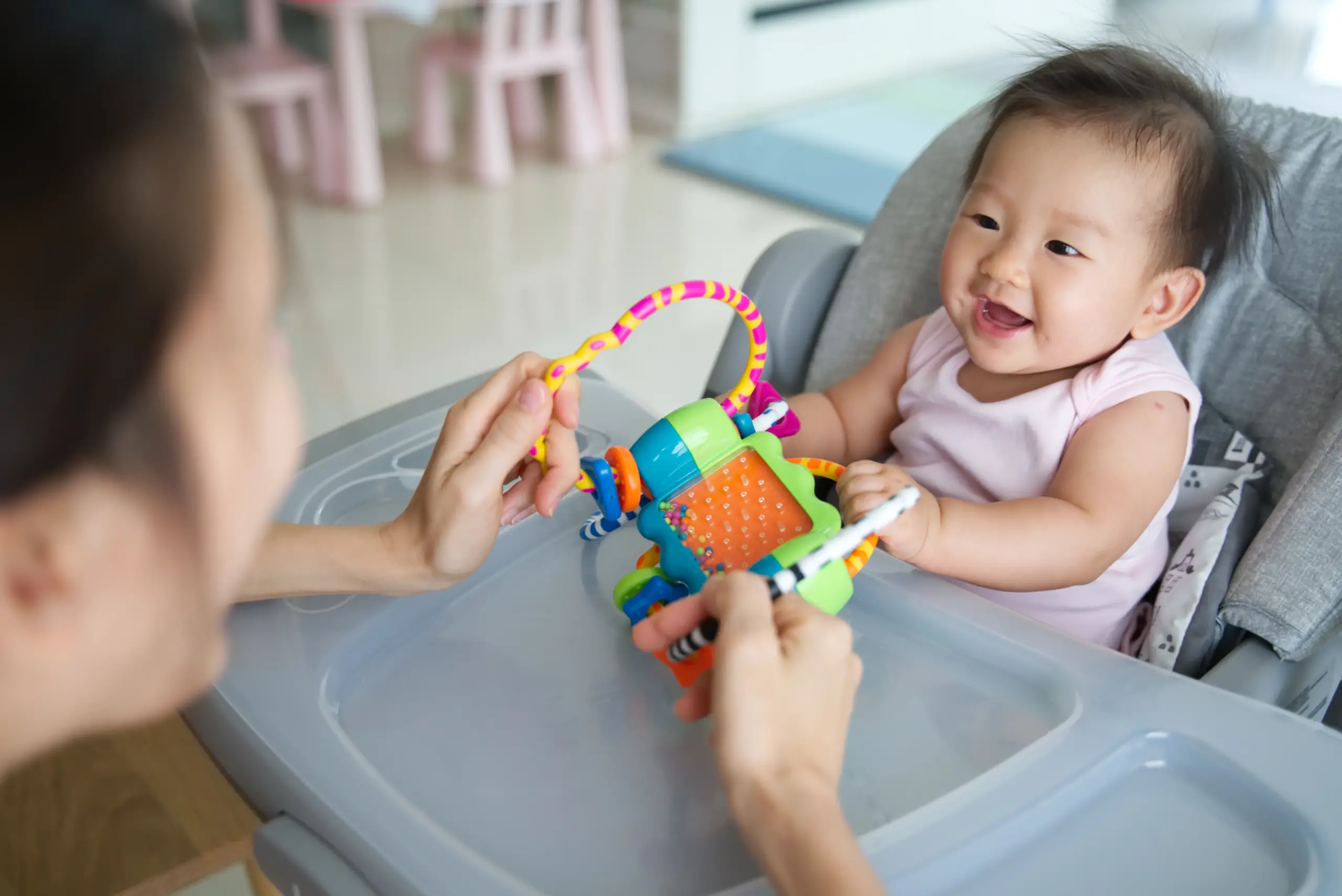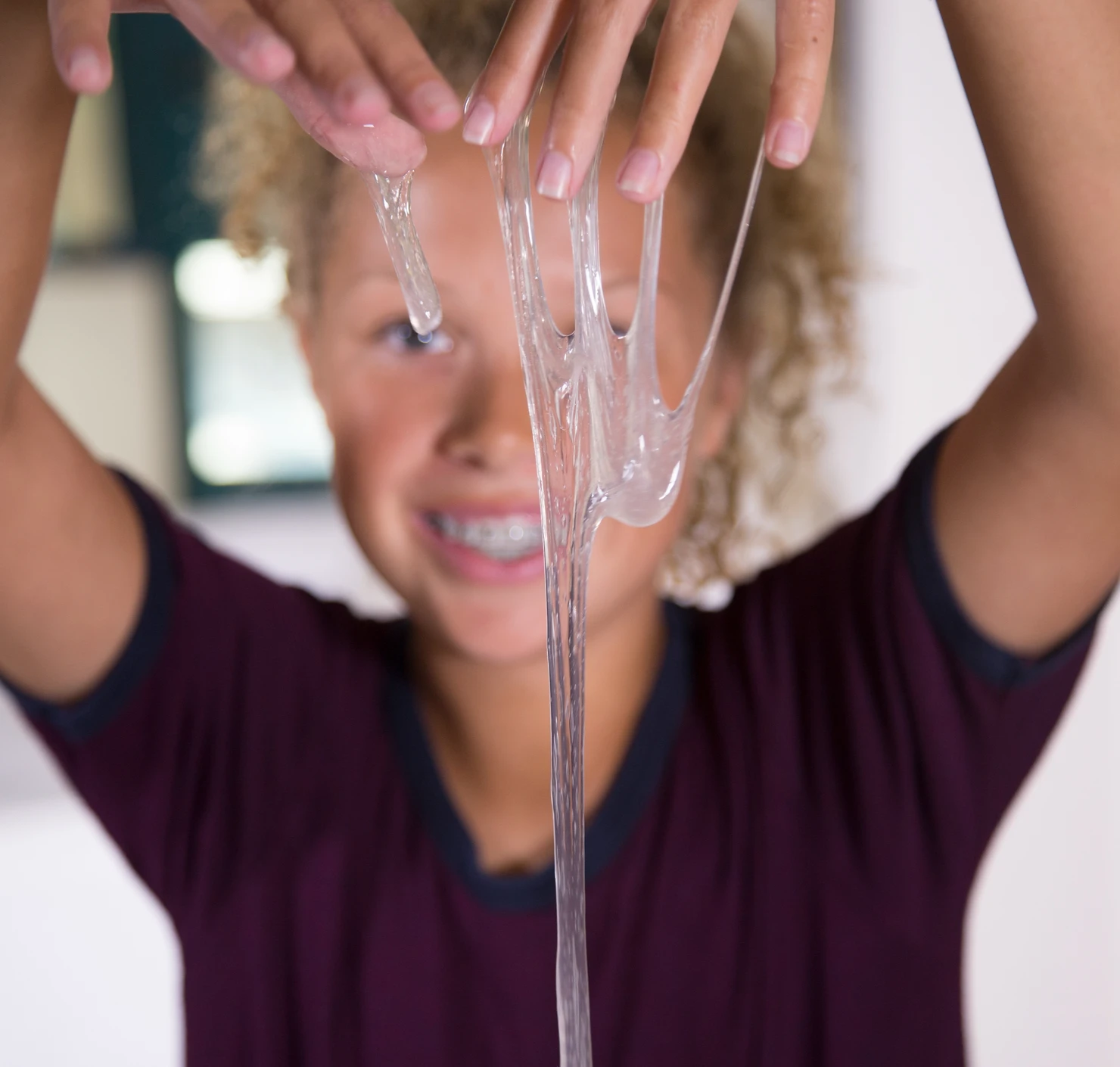Introduction:
Sensory play is not only fun but also crucial for a child’s development. Engaging your child’s senses in various activities helps them explore the world around them, stimulate their brain development, and enhance their cognitive, social, and emotional skills. In this blog, we’ll discuss the importance of sensory play and provide some engaging ideas to incorporate it into your child’s daily routine.
Why Sensory Play Matters:
1.Sensory play encompasses activities that engage one or more of the five senses: touch, sight, smell, taste, and hearing. These activities encourage children to use their senses to explore and understand their environment. Here’s why sensory play is so vital for children.
2.Brain Development: Sensory play stimulates the brain by allowing children to use all five senses—sight, hearing, taste, smell, and touch—simultaneously, promoting neural connections and brain development.
3.Fine Motor Skills: Activities like pouring, scooping, and manipulating different textures help develop fine motor skills and hand-eye coordination.
4.Language Development: Engaging in sensory experiences encourages children to describe what they see, feel, hear, and smell, thus supporting language development and vocabulary expansion.
5.Social Skills: Sensory play often involves interaction with others, promoting social skills such as cooperation, sharing, and turn-taking.
6.Emotional Regulation: Exploring different textures and sensations can help children learn to regulate their emotions. For instance, playing with kinetic sand or stress balls can be calming for some children.
7.Creativity and Imagination: Sensory play encourages creativity and imagination as children explore various materials and invent new ways to interact with them.
8.Scientific Exploration: Sensory play introduces children to basic scientific concepts such as cause and effect, gravity, and properties of matter as they observe, experiment, and make predictions.
9.Inclusive Learning: Sensory play can be adapted to accommodate children with different abilities and sensory sensitivities.
10.Problem-Solving Skills: Sensory experiences often present challenges for children to overcome, such as figuring out how to pour sand into a small container or balance objects in water, fostering problem-solving skills and critical thinking.
11.Parent-Child Bonding: Engaging in sensory play with caregivers strengthens the parent-child bond as they share experiences, communicate, and learn together.
12.Relaxation and Stress Relief: Sensory play can have calming effects on children, reducing stress and anxiety as they focus on the sensory experiences.
13.Preparation for Learning: By stimulating the senses and providing hands-on experiences, sensory play prepares children for future learning by laying the groundwork for concepts they will encounter in science, math, and other subjects.

Engaging Sensory Play Ideas:
Now that we understand the importance of sensory play, let’s explore some engaging ideas to incorporate it into your child’s daily/weekly routine:
Sensory Bins: Fill a large container with materials such as rice, dried beans, sand, or water beads. Add scoops, cups, and small toys for children to explore textures, colours, and shapes. Theme the bins according to seasons, holidays, or interests for added connections.
Messy Play: Embrace the mess with activities like finger painting, shaving cream play, or mud kitchens. These messy experiences provide tactile stimulation and encourage sensory exploration in a playful way.
Sensory Walks: Take a stroll outdoors and encourage children to use their senses to explore nature. Encourage them to touch different textures, listen to bird songs, smell flowers, and observe the changing colours of leaves.

Sensory Art: Create art using unconventional materials such as sandpaper, cotton balls, or bubble wrap. This adds a tactile element to the artistic process and allows children to explore textures while expressing their creativity.
Scented Playdough: Make homemade playdough and add essential oils or food extracts to create scented dough. Children can knead, mold, and manipulate the dough while experiencing different fragrances.

Sensory Bottles: Create sensory bottles filled with items like colorful beads, glitter, or sequins. Children can shake, roll, and observe the movement of the items inside without any mess.
Sensory Bags: Fill resealable plastic bags with items like hair gel, water beads, or sand. Seal the bags securely and tape them to a flat surface for children to explore by pressing, squishing, and manipulating without making a mess.
Texture Boards: Create texture boards with various materials such as sandpaper, fabric swatches, bubble wrap, or faux fur. Children can run their fingers over the different textures to experience sensory stimulation without any mess.
Water play: Fill a bath/small pool with water and add any of the following, small watering cans, whisks, spoons, bowls, containers, bath toys, floating plastic balls, what you choose to add is really up to your imagination and of course your child’s imagination. (Remember to always supervise when your child is playing in or near water)

Conclusion:
Sensory play is a valuable tool for children’s development, providing endless opportunities for exploration, learning, and fun. By incorporating sensory activities into your child’s daily routine, you are supporting their cognitive, social, and emotional growth while nurturing their natural curiosity and creativity.



